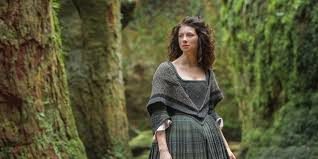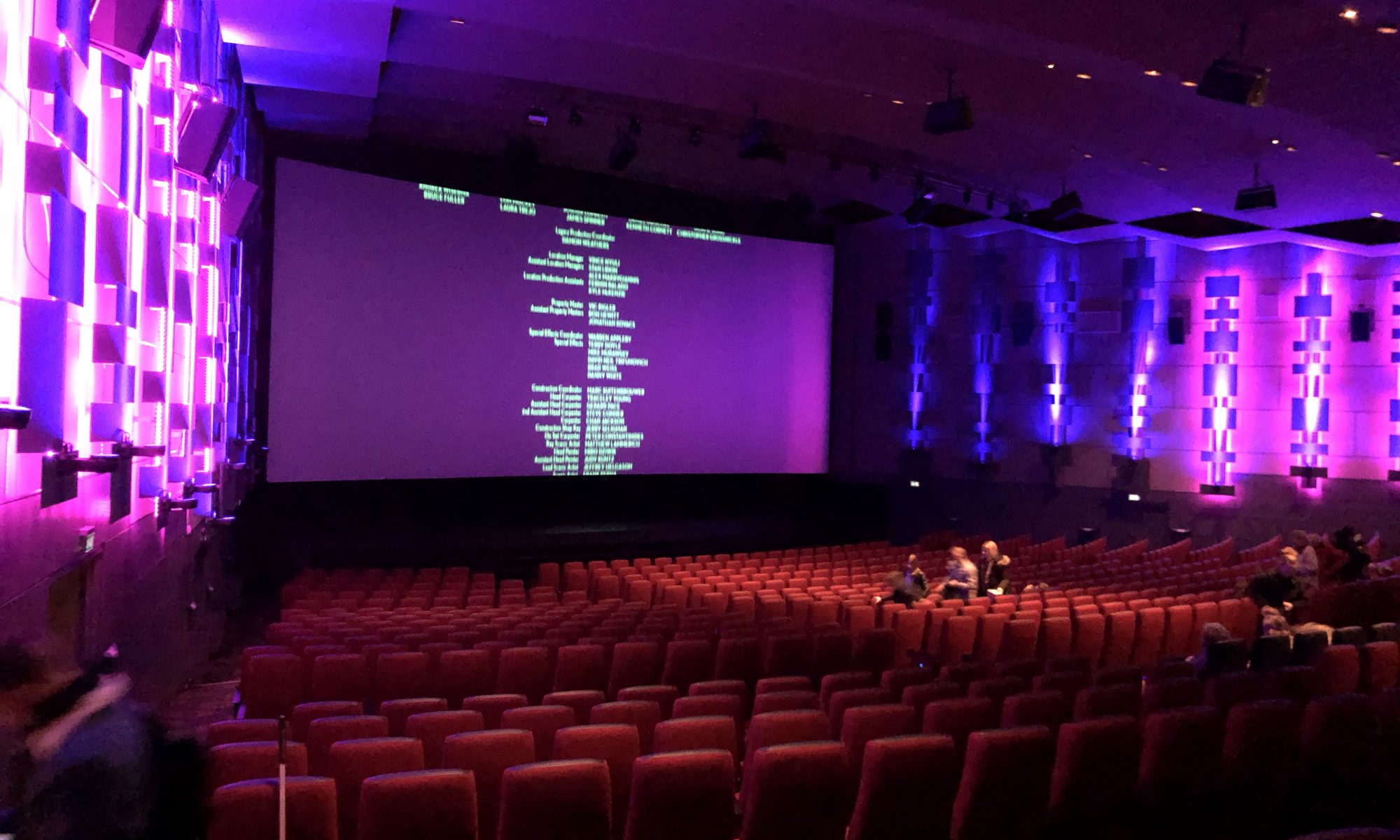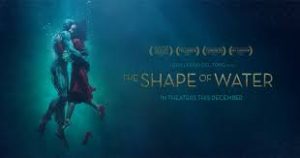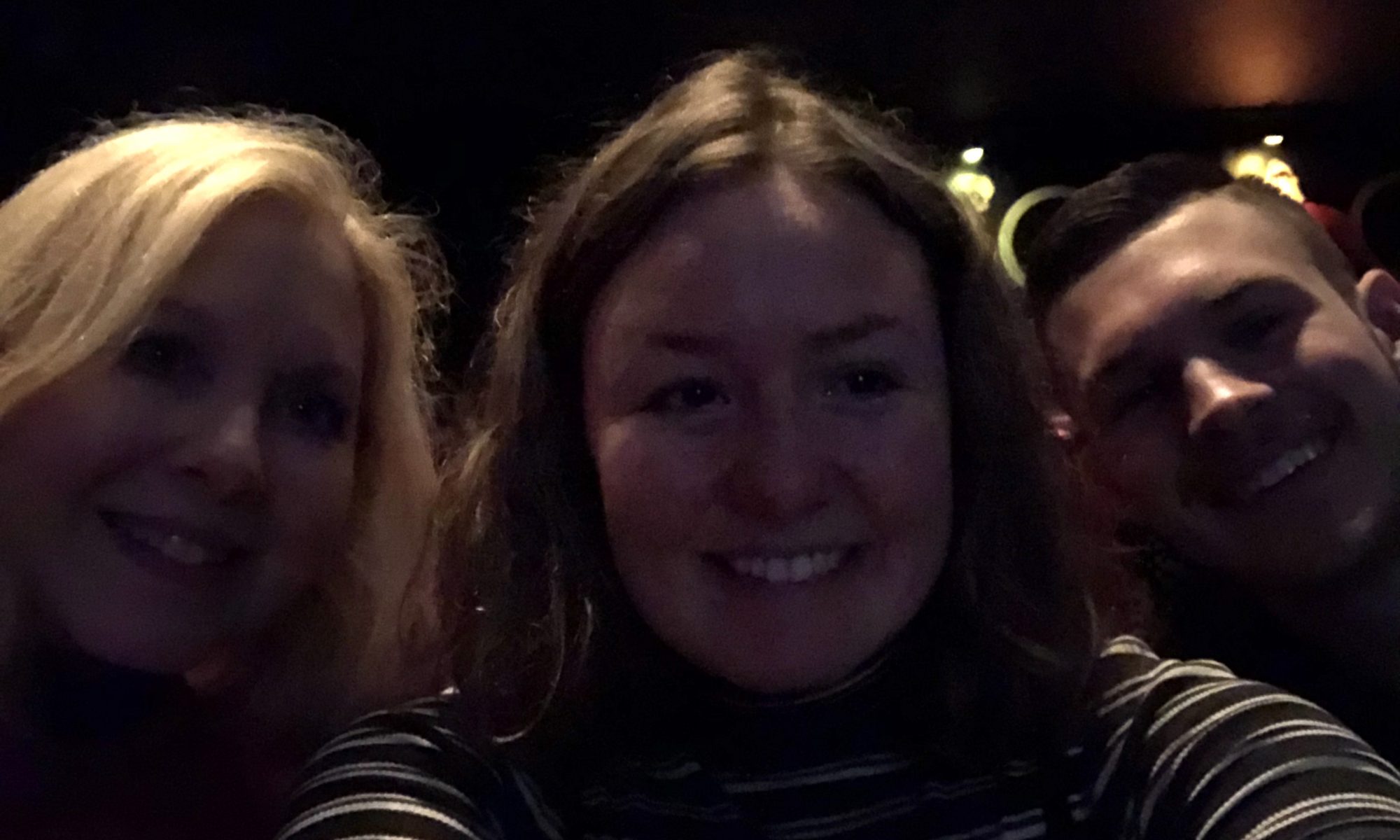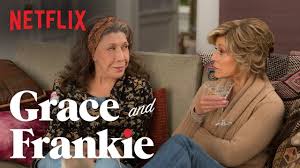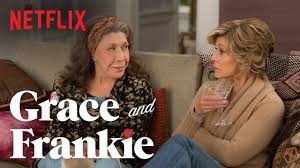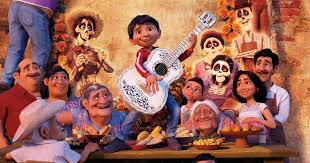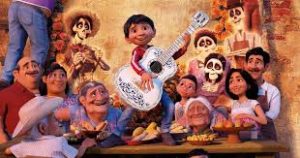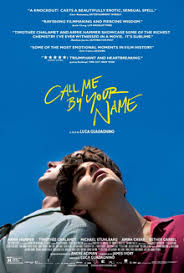In the interest of full disclosure, I always meant to see Martin McDonaugh’s other films (especially In Bruges and Seven Psychopaths) but never seemed to get around to it.
Not so with Three Billboards Outside of Ebbing, Missouri; when I saw it several months ago, I relished every frame.
Over a month ago, I read Wesley Morris’s diatribe against the film in The New York Times and have bristled at it ever since whenever the movie comes to mind because I pass a cinema marquee advertising it or read another headline about it.
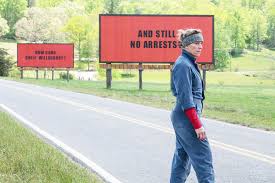
Basically, Morris argues that the film doesn’t say anything of value because it is not an authentic representation of America. In a parenthetical, he snipes, “Ebbing is as real a place as Narnia.”
The problem, according to Morris, is that the film purports to be something it isn’t.
“It’s one of those movies that really do think they’re saying something profound about human nature and injustice. It’s set in the country’s geographical middle, which should trigger a metaphor alert.”
In the first place, I’m not sure movies think. Wait, I’m sure that they do not. It is up to viewers to read the film and, in the act of viewing, to bring context and meaning based on their own lived experience and intertextual connections.
For me, my appreciation of the film is immeasurably enhanced by a critical clue the filmmaker posits near the beginning: one of the key supporting players is sitting as his desk reading a copy of Flannery O’Connor’s collection of short stories A Good Man is Hard to Find.
That visual reference tells me everything I need to know about the tone of the film: a dark story filled with oddity, the grotesque, black humor, and people I never want to meet in real life.
What is “real” America anyway?
This is a brutal revenge picture. A mother (Frances McDormand) challenges law enforcement officers (Woody Harrelson and Sam Rockwell) to find the person who murdered her daughter.
Surely, if sadly, violence and racism and despair are parts of the American landscape.
This film works for me.

